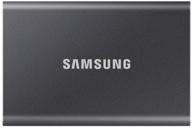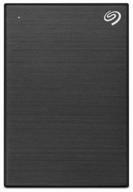
Review on 💻 Nvme to USB Adapter: High-Speed M.2 SSD to USB 3.1 Type A Card with 10 Gbps Transfer Rate, Windows and MAC OS Compatible by Corey Krull

Beware of overheating an uninitialized NVME drive
The adapter was easy to use and worked well. However, I first used an adapter to connect a raw Crucial 1TB NVMe drive to a USB port, as I figured it was the first step in cloning hard drives (internal drive to external drive). After reading about the next step online for about 10 minutes and downloading Crucial's cloning software, I realized that I needed to swap drives BEFORE beginning the cloning process. So I used the USB eject command to prepare to disconnect the drive. When I attempted to physically unplug the drive from the USB port, I found that the drive was very hot, to the point that the drive's flat, thin top plate was warping in places. I was afraid I had ruined the disc. I followed the installation as per the Crucial software instructions and found that the new drive works fine. To avoid possible overheating of the old SSD (which was installed in this adapter during the boot and cloning phase), I put a small ice pack on it as a heat sink. I don't know if that was necessary, but I didn't want to risk damaging the original SSD. Apparently the uninitialized 1TB drive installed on this (or any other) USB adapter is stuck in some kind of power cycle. I was never able to see the uninitialized drive in the device list or show it as anything on the desktop. So I didn't do anything directly to force an activity to generate heat. Note that I didn't install the heatsink plate on the adapter, which may have helped, albeit slightly, as there was still an air gap between the installed SSD and the heatsink plate.
- Waiting
- Could have chosen a newer model
New products
Comments (0)
Top products in 💽 Hard Drive Accessories
Another interesting products
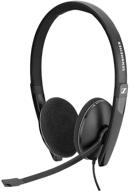
Sennheiser PC 8 2 Cancelling Microphone

71 Review
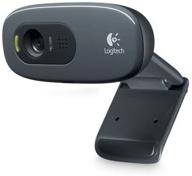
🎥 Logitech C270 Webcam: Crystal Clear Video and Superior Quality

183 Review
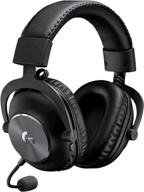
Renewed Logitech G PRO X Wireless Lightspeed Gaming Headset with Blue VO!CE Mic Filter for Immersive Gaming Experience

122 Review
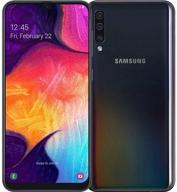
Smartphone Samsung Galaxy A50 4/64 GB, 2 SIM, black

82 Review


